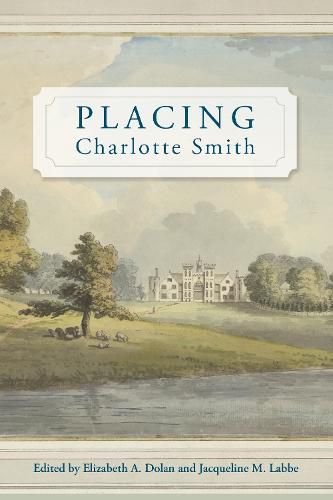Readings Newsletter
Become a Readings Member to make your shopping experience even easier.
Sign in or sign up for free!
You’re not far away from qualifying for FREE standard shipping within Australia
You’ve qualified for FREE standard shipping within Australia
The cart is loading…






A lively and far-ranging interest in place(s), space(s), and situation characterizes the writing of the British Romantic-era author Charlotte Smith (1749-1806). Smith repeatedly questions what it means to be British in her literature. In an era of intense nationalism, Smith explores her world in cosmopolitan terms.
Placing Charlotte Smith offers new insights into how Smith utilized the idea of place in multiple ways, such as a theme, an idea, a principle, or a metaphor. Several chapters in the collection examine of Smith’s own frequent change of location and the effect on these moves had on her conceptions of home and well-being. Other chapters analyze Smith’s accounts of radicalism and patriotism in terms of family and locate Smith’s literature within comedic, aesthetic, and scientific traditions. This volume of original essays advances contemporary understanding of two overarching themes in Smith studies: her place as a writer central to her period, and her contribution to the creation of place as a thing of social and literary importance.
$9.00 standard shipping within Australia
FREE standard shipping within Australia for orders over $100.00
Express & International shipping calculated at checkout
A lively and far-ranging interest in place(s), space(s), and situation characterizes the writing of the British Romantic-era author Charlotte Smith (1749-1806). Smith repeatedly questions what it means to be British in her literature. In an era of intense nationalism, Smith explores her world in cosmopolitan terms.
Placing Charlotte Smith offers new insights into how Smith utilized the idea of place in multiple ways, such as a theme, an idea, a principle, or a metaphor. Several chapters in the collection examine of Smith’s own frequent change of location and the effect on these moves had on her conceptions of home and well-being. Other chapters analyze Smith’s accounts of radicalism and patriotism in terms of family and locate Smith’s literature within comedic, aesthetic, and scientific traditions. This volume of original essays advances contemporary understanding of two overarching themes in Smith studies: her place as a writer central to her period, and her contribution to the creation of place as a thing of social and literary importance.